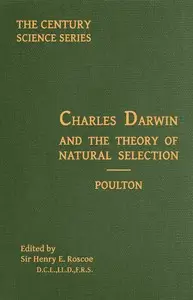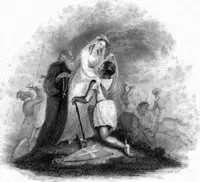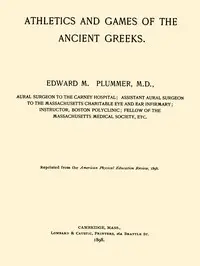"Charles Darwin and the Theory of Natural Selection" by Sir Edward Bagnall Poulton is a book that examines the world-changing ideas and life of Charles Darwin. The book emphasizes Darwin's most famous concept: natural selection, which greatly altered how people thought about the development of life itself. The author makes it clear that Darwin's life experiences and the way his ideas came together are essential to understanding his importance. Poulton starts by thanking those who helped him research and present Darwin's work with acknowledgements to previous publications. He also points out the key combination of creativity and careful observation that made Darwin such a successful scientist. The beginning parts of the publication focus, not only on Charles Darwin, but touch on his education and his friendships. The opening sets the stage for a close look into the life journey that shaped Darwin's scientific thinking and prepared him to change the world.

Charles Darwin and the Theory of Natural Selection
By Edward Bagnall Poulton
Uncover how one man's childhood and unique way of thinking led to a theory that shook the foundations of science and changed our understanding of life's origins.
Summary
About the AuthorSir Edward Bagnall Poulton, FRS HFRSE FLS was a British evolutionary biologist, a lifelong advocate of natural selection through a period in which many scientists such as Reginald Punnett doubted its importance. He invented the term sympatric for evolution of species in the same place, and in his book The Colours of Animals (1890) was the first to recognise frequency-dependent selection. He is remembered for his pioneering work on animal coloration and camouflage, and in particular for inventing the term aposematism for warning coloration. He became Hope Professor of Zoology at the University of Oxford in 1893.
Sir Edward Bagnall Poulton, FRS HFRSE FLS was a British evolutionary biologist, a lifelong advocate of natural selection through a period in which many scientists such as Reginald Punnett doubted its importance. He invented the term sympatric for evolution of species in the same place, and in his book The Colours of Animals (1890) was the first to recognise frequency-dependent selection. He is remembered for his pioneering work on animal coloration and camouflage, and in particular for inventing the term aposematism for warning coloration. He became Hope Professor of Zoology at the University of Oxford in 1893.














